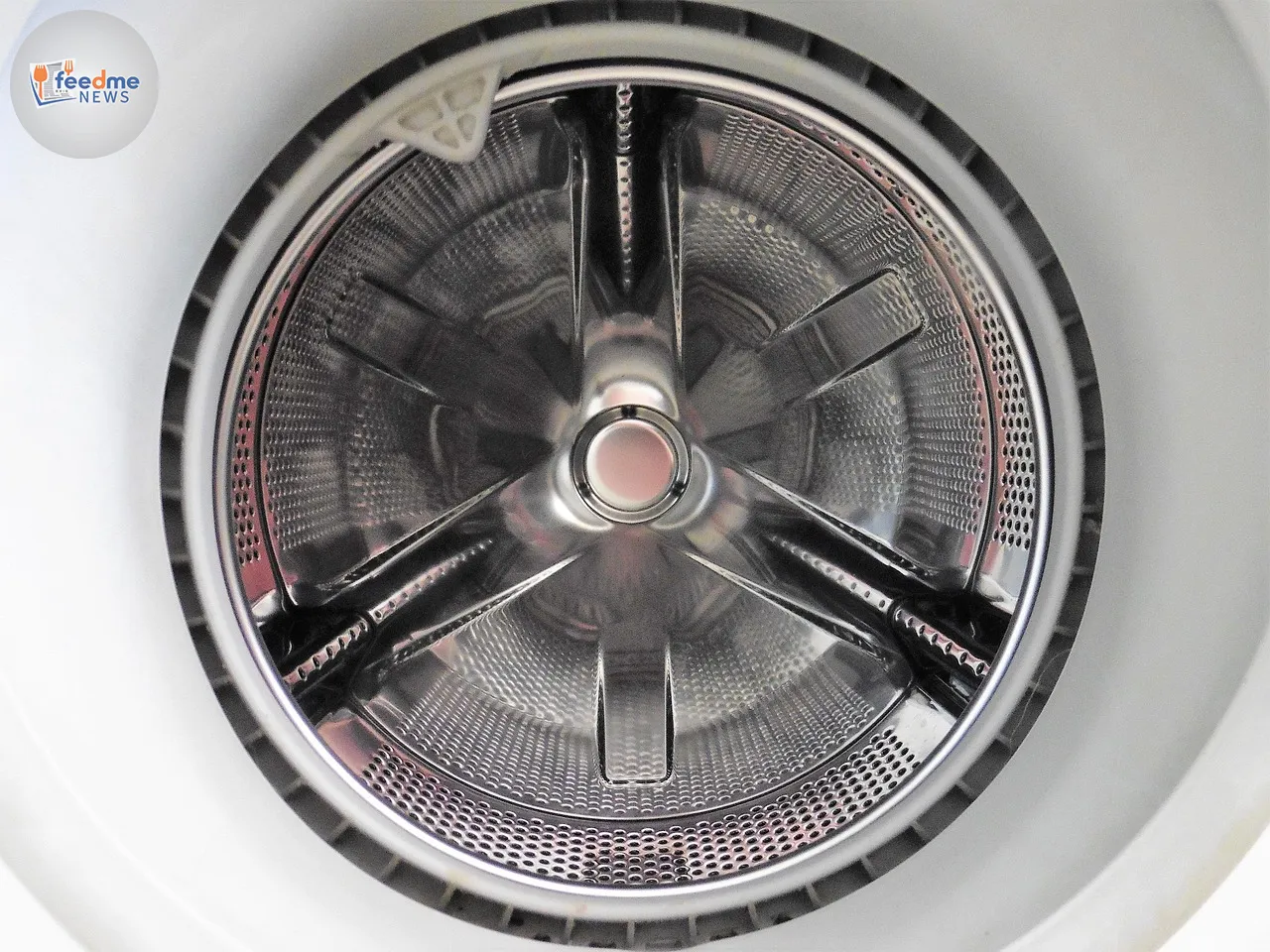Mould in washing machines is a growing concern for many homeowners. This pervasive issue not only affects the performance of your appliance but can also have serious implications for your health. With the rise in awareness about indoor air quality and household hygiene, addressing mould in washing machines has become a priority for many. Experts are urging consumers to change their laundry routines to prevent mould growth and ensure a healthier home environment.
The Rise of Mould in Household Appliances
Mould thrives in warm, damp environments, making washing machines an ideal breeding ground. The problem has been particularly prevalent in front-loading machines, where the design often traps moisture and soap residue, creating a perfect habitat for mould. This issue has been reported across various regions, with significant cases emerging in areas with high humidity levels.
According to a study conducted by the University of Arizona, around 60% of front-loading washing machines in the United States have some form of mould or mildew. This alarming statistic underscores the need for regular maintenance and preventive measures to keep household appliances mould-free.

Health Risks Associated with Mould Exposure
Exposure to mold can lead to a variety of health problems, particularly for individuals with respiratory issues or weakened immune systems. Symptoms can range from mild allergic reactions to more severe respiratory conditions. Dr. Lisa Thompson, a leading allergist, warns that “continuous exposure to mould can exacerbate asthma symptoms and lead to chronic respiratory conditions.”
The health implications extend beyond respiratory issues. Mould spores can also cause skin irritations and, in some cases, trigger severe allergic reactions. It is crucial for homeowners to address mould problems promptly to protect their health and well-being.
Effective Strategies to Combat Mould Growth
Preventing mould growth in washing machines involves a combination of regular cleaning and smart usage practices. Experts recommend leaving the washing machine door open after each use to allow moisture to escape. Additionally, using the right amount of detergent can prevent soap residue, which often contributes to mould growth.
Cleaning the machine regularly with a solution of vinegar and baking soda can help eliminate mould spores. For more stubborn mould infestations, specialised cleaning products designed for washing machines are available. These products often contain antifungal agents that target mould and mildew effectively.
Expert Insights on Maintenance and Prevention
Regular maintenance is key to preventing mold. John Harris, an appliance repair specialist, advises homeowners to “check and clean the rubber seal around the door frequently, as this area is particularly prone to mould accumulation.” He also suggests running a hot water cycle with bleach or a commercial washing machine cleaner once a month to maintain a clean and hygienic appliance.
Moreover, it’s essential to ensure that the washing machine is installed in a well-ventilated area. Proper ventilation helps reduce humidity levels, making it less conducive for mould to thrive.
The Role of Manufacturers in Addressing Mould Issues
In response to growing consumer concerns, many washing machine manufacturers are now incorporating features designed to reduce mold growth. These include improved drainage systems and self-cleaning cycles. Some brands have also started using antimicrobial coatings on machine components to inhibit mould development.
However, consumer advocacy groups argue that manufacturers need to do more to address the root causes of mold. By improving the design and functionality of washing machines, they can help reduce the prevalence of mould and improve overall appliance performance.
Future Outlook and Consumer Awareness
As awareness about the impact of mould in washing machines grows, consumers are becoming more proactive in their maintenance routines. The trend towards eco-friendly and health-conscious living is also driving demand for appliances that offer better hygiene and reduced mould risks.
Looking forward, the industry is expected to see innovations aimed at tackling mould growth more effectively. With technological advancements, future washing machines may come equipped with sensors that detect mould presence and alert users for timely action.
In summary, addressing mould in washing machines is crucial for maintaining appliance efficiency and safeguarding health. By adopting regular cleaning practices and staying informed about the latest solutions, homeowners can effectively combat this issue and enjoy a cleaner, healthier home environment.





